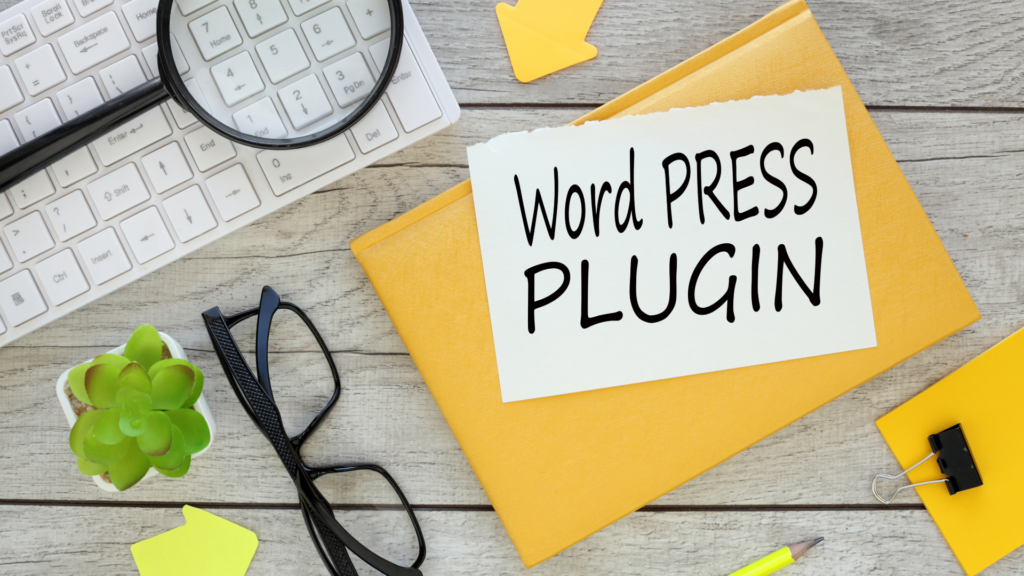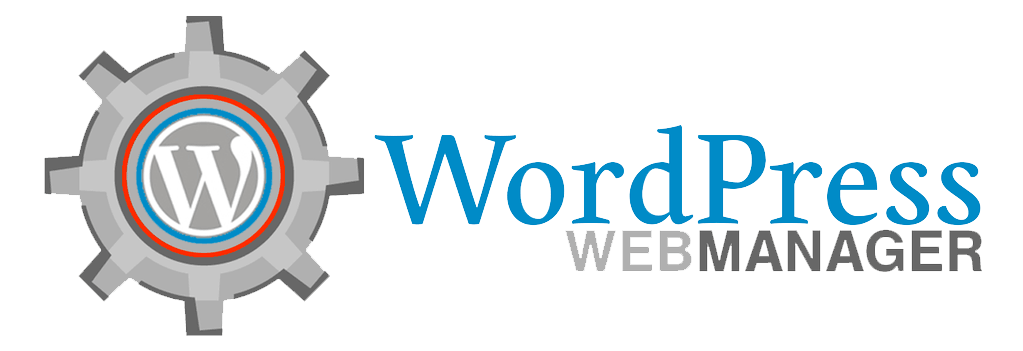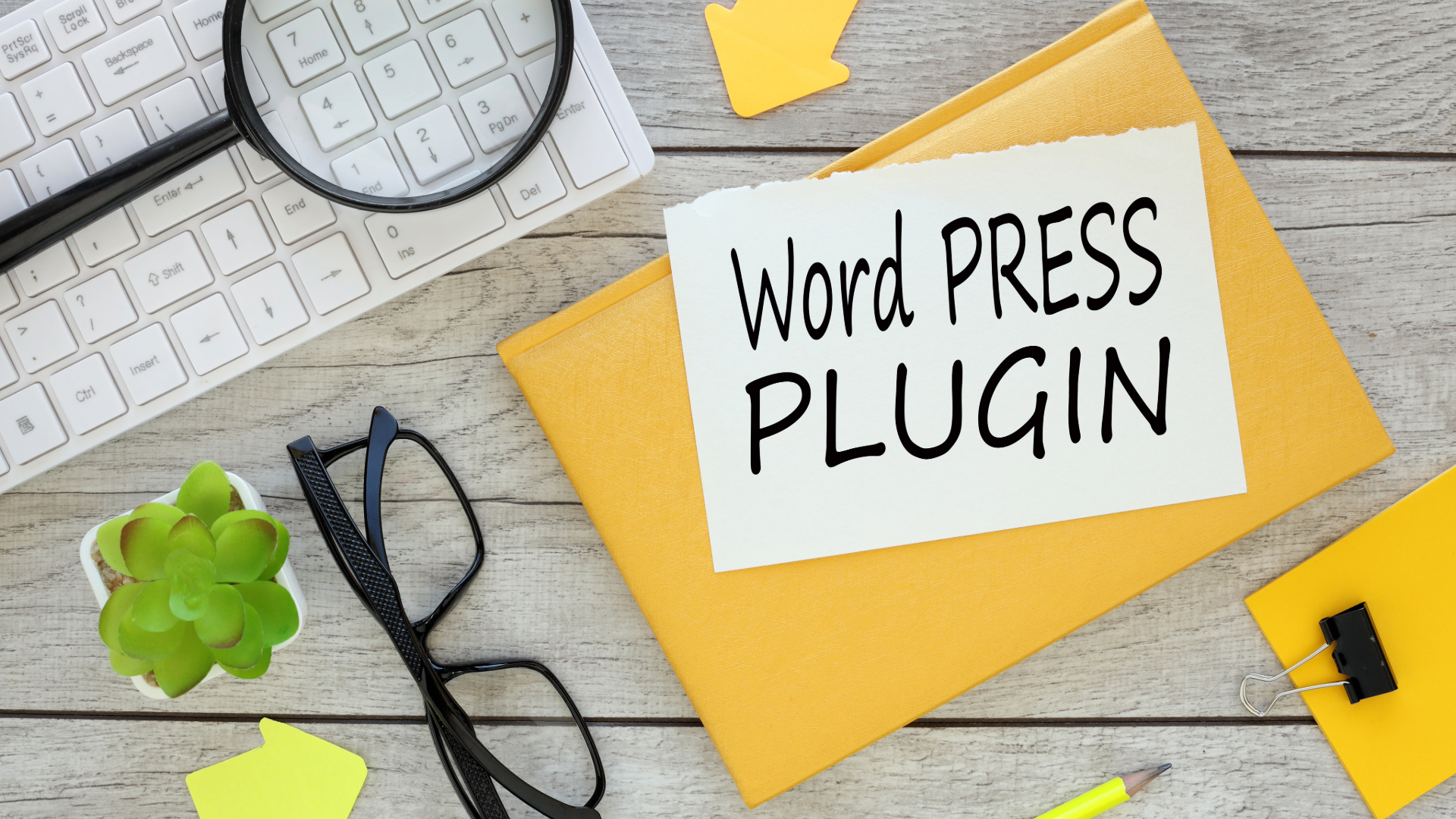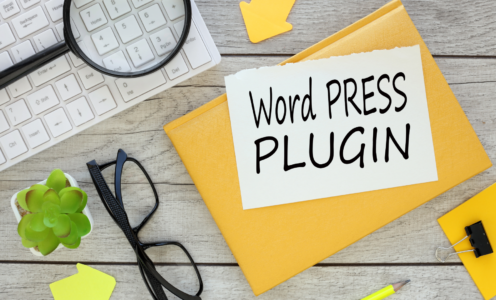- Mastering Maintenance: The Essential Guide to Updating WordPress Plugins
The Importance of Updating WordPress Plugins: Backup and Restore Points as Your Safety Net

Mastering Maintenance: The Essential Guide to Updating WordPress Plugins
Welcome to the digital frontline of your WordPress site’s health and performance! Regular updates to your WordPress plugins are not just a matter of keeping things fresh; they’re vital for fortifying your site against security threats, squashing pesky bugs, and unlocking the latest features that can propel your online presence forward. This essential guide is crafted to help ensure that your plugins harmonize with the most recent WordPress version, maintaining compatibility and delivering the seamless experience your users expect. Embrace the update routine and watch your website thrive in the robust, feature-rich landscape of WordPress!
In the ever-evolving landscape of web development and content management, WordPress has continued to stand as a powerhouse, providing users with a robust and customizable platform. One of the key factors contributing to WordPress’s success is its extensive library of plugins that can enhance the functionality and appearance of your website. However, as with any technology, keeping your plugins up to date is crucial for maintaining the security, performance, and stability of your WordPress website. In this article, we’ll delve into the importance of updating WordPress plugins and emphasize the need to create a backup and restore point before taking the plunge.
Why Update WordPress Plugins?
- Security Fortification
Cybersecurity threats evolve at a rapid pace, and WordPress websites are no exception to these dangers. Hackers often target vulnerabilities in outdated plugins to gain unauthorized access to websites. By keeping your plugins up to date, you ensure that any known security vulnerabilities are patched, significantly reducing the risk of a breach. Plugin developers continually release updates to fix security issues and strengthen their products against emerging threats.
- Enhanced Performance
Outdated plugins can slow down your website’s performance. Updates often include improvements in code efficiency and optimization, which can result in a faster loading speed and a smoother user experience. Faster websites not only keep your visitors engaged but can also boost your search engine rankings, which is crucial for organic traffic.
- Compatibility with WordPress Core Updates
WordPress itself is frequently updated to improve functionality and address security concerns. If your plugins are not compatible with the latest version of WordPress, you may encounter compatibility issues that disrupt your website’s operation. Developers work tirelessly to ensure that their plugins remain compatible with the most recent WordPress releases, so staying updated helps you avoid these compatibility pitfalls.
- Bug Fixes and New Features
Plugin updates not only fix security issues but also address other bugs and introduce new features or improvements. Regular updates keep your website running smoothly and allow you to take advantage of the latest advancements in plugin technology. By staying current, you ensure that your website remains competitive and provides users with the best possible experience.
The Importance of Creating a Backup and Restore Point
While updating your WordPress plugins is crucial, it’s equally important to prepare for unforeseen issues that can arise during the update process. To mitigate potential risks and ensure a smooth transition, you should always create a backup and restore point before updating your plugins. Here’s why:
- Avoid Downtime
Even the most meticulously developed plugins can sometimes cause unexpected conflicts or errors when updating. These issues can lead to downtime for your website, resulting in lost revenue and a poor user experience. By creating a backup and restore point, you can quickly revert to a stable version of your website if an update goes awry, minimizing downtime and its associated consequences.
- Data Protection
Your website contains valuable data, including user information, content, and settings. A failed plugin update could potentially corrupt or delete this data. Having a backup allows you to safeguard your critical information and restore it in case of data loss during an update.
- Testing Environment
A backup and restore point also serves as a testing environment for updates. Before applying updates to your live website, you can use the backup to create a duplicate staging site where you can test the updates for compatibility and functionality. This practice ensures that any issues can be addressed before they affect your live website.
How to Create a Backup and Restore Point
Creating a backup and restore point is a straightforward process. Here are the steps you can follow:
- Backup Your Website
- Use a reputable WordPress backup plugin: Plugins like UpdraftPlus, BackupBuddy, and Duplicator make it easy to create comprehensive backups of your website.
- Choose your backup frequency: Schedule regular backups to ensure your data is always up to date.
- Store backups off-site: Save your backups in a secure location, such as a cloud storage service or an external server, to protect them from potential server failures.
- Test Your Backup
- Verify that your backup files are intact and can be restored successfully in case of emergencies. Test this process on a staging environment to ensure everything functions as expected.
- Update Your Plugins
- Once you have a reliable backup and restore point in place, go ahead and update your plugins.
- Pay attention to any error messages or unexpected behavior during the update process.
- Monitor Your Website
- After updating your plugins, closely monitor your website for any issues or anomalies. Test its functionality to ensure everything is working as intended.
- Restore from Backup (if necessary)
- If you encounter problems during or after the update, don’t panic. Simply use your backup and restore point to roll back your website to its previous state.
- Investigate the issue and seek assistance from plugin developers or support forums if needed.
Updating WordPress plugins is not just a recommended practice; it’s a vital aspect of maintaining a secure, efficient, and high-performing website. While updates provide numerous benefits, they can occasionally introduce unforeseen issues. To protect your website and its data, always create a backup and restore point before updating your plugins. This precautionary step ensures that you have a safety net to fall back on in case of any problems, allowing you to keep your WordPress site running smoothly and securely. So, remember to update your plugins regularly and stay prepared for any unexpected challenges along the way. Your website’s health and success depend on it.
Backup Your Website Before Updating
Before you hit that update button, it’s crucial to ensure the safety of your website. Think of a backup as a safety net, protecting all your online efforts. A comprehensive backup includes your themes, plugins, and database, so you can swiftly recover from any unforeseen issues during the plugin update process.
Steps to Take a Full Site Backup
Securing a complete backup of your WordPress site should be your first step:
- Log in to your WordPress dashboard and navigate to the Tools or Plugins section.
- Find a reliable backup plugin or use the tools your web hosting service provides.
- Ensure your backup includes all website files, themes, plugins, and your entire database.
- Run the backup process and double-check the backup files for completeness.
- Download a copy of the backup files to your local system for extra security.
Tools and Services for Automated Backups
Why not automate the backup process? There are stellar tools and services that can handle this task:
- Backup plugins like UpdraftPlus or BackupBuddy offer scheduled backups and cloud storage integration.
- Managed WordPress hosting services often include regular, automatic backups as part of their offering.
- Cloud storage providers (such as Dropbox, Google Drive, or Amazon S3) to store your site backups offsite.
How to Store Your Backup Information Safely
A good backup strategy involves more than just creating redundancy:
- Storage in multiple locations is wise – consider both cloud storage and physical hard drives.
- Encryption and secure passwords protect your backups from unauthorized access.
- Regularly test your backups to ensure they can be restored without issues.
- Keep a record of backup dates and the specific content backed up for easy reference.
Fortify Your Site: Embrace Security Enhancements with WordPress Plugin Updates
Keeping your WordPress plugins up-to-date is not just a matter of accessing new features; it’s also a critical part of your website’s security strategy. Just like a fortress, your site needs regular fortifications — and updates provide exactly that.
Sealing the Gates Against Invaders: Closing Vulnerabilities
Each update can be likened to a reinforced gate against potential intruders. Developers consistently work on identifying and fixing vulnerabilities, which hackers could otherwise exploit. A single unpatched plugin can serve as an open doorway for malicious attacks. Updating your plugins is akin to locking up after identifying a weakness in your defenses.
Heed the Warnings: The Importance of Timely Updates
When security advisories are issued, it means that threats have been identified, and patches are available to mitigate them. These updates are the alarm bells that urge immediate action. Delaying these updates gives hackers a window of opportunity, increasing the risk of a successful breach. The timeliness of applying these updates is a decisive factor in ensuring your website’s integrity remains intact.
- Closing vulnerabilities that hackers might exploit is analogous to reinforcing your site’s defenses.
- Timely updates in response to security advisories can mean the difference between a secure site and a compromised one.
Regular updates are your frontline defense in the ongoing battle for website security. Make sure you are proactive and vigilant—your website’s safety depends on it.
Ensure Seamless Integration: Update Compatibility with WordPress Core
One of the critical aspects of maintaining a healthy and efficient WordPress site involves ensuring that all your plugins are compatible with the current version of WordPress core. With each update, WordPress often shifts and improves its core functionalities, and plugins must follow suit to maintain a synchronized environment.
Why Compatibility Matters
- Smooth Operation: Plugins designed to work with the version of WordPress you are using will run more smoothly, reducing the risk of website crashes and downtime.
- Feature Accessibility: Up-to-date plugins are more likely to take advantage of newer features and improvements introduced in the core updates of WordPress.
- User Experience: A compatible plugin ensures that the user experience remains unhindered by technical glitches or outdated features.
Understanding The Risks of Outdated Plugins
Running outdated plugins with the latest version of WordPress can lead to several problems:
- Increased vulnerability to security breaches, as older plugins may not have necessary security updates.
- Potential website functionality issues, which can range from minor annoyances to critical errors that negatively impact user experience or site performance.
- Compatibility issues can cause cascading failures, leading to a poor admin experience or frontend issues for your visitors.
It’s essential to keep a close eye on the changelog for both WordPress core and your plugins to ensure ongoing compatibility and to reduce the risk of running into these kinds of issues.
Handling Update Errors and Issues
Encountering problems during plugin updates can be frustrating but addressing these complications promptly ensures your site remains functional and secure. Let’s dive into the common update errors and how to troubleshoot them, as well as steps to restore your site from a backup if the need arises.
Common Update Errors and How to Resolve Them
Update errors can occur for a multitude of reasons including server timeouts, memory issues, or conflicts with other plugins. Below, you’ll find some of the frequently reported problems and ways to fix them:
- Memory Limit Exhausted Error: Increase the PHP memory limit by editing your wp-config.php file or consult your hosting provider for assistance.
- 500 Internal Server Error: This may be due to a corrupted .htaccess file. Try resetting the file, and if the issue persists, check for incorrect file permissions.
- Plugin Update Permission Issue: Ensure that your WordPress directories and files have the correct permissions, typically 755 for directories and 644 for files.
- Connection Timed Out: This could be due to server performance issues. You might need to upgrade your hosting plan for better resources or optimize your site to reduce resource usage.
- White Screen of Death: This error often means there is a PHP error or a database error. Enable WP_DEBUG in your WordPress config file to pinpoint the issue.
Steps to Restore Your Site from a Backup
If an update causes your website to break, restoring it from a backup is a reliable way to revert to a functioning state. Here’s how to proceed:
- Access your hosting account’s control panel or use an FTP client to locate your most recent website backup.
- If using a backup plugin, navigate to the plugin’s panel within your WordPress dashboard and select the ‘restore’ option.
- If manually restoring your site, upload the files and the database from your backup to your server, ensuring proper connection strings in your wp-config.php file.
- Once the files and database are restored, verify that the website is functioning as expected. Check the front-end and the WordPress admin area carefully.
- If all is working well, you can attempt the plugin update again, possibly with a different approach. If not, it may be necessary to consult with a professional.
Note: Always perform a fresh backup before attempting any changes or updates to avoid losing any recent content or configuration settings.
Troubleshooting Plugin Conflicts After Updates
Have you updated your WordPress plugins only to find that something’s not working as expected? You’re likely dealing with a plugin conflict. Fortunately, with some basic troubleshooting techniques, you can identify and resolve these conflicts swiftly.
Common Signs of Plugin Conflicts
After an update, watch out for:
- White screens of death
- Broken site layout
- Features or functions not working correctly
- Unexpected error messages
How to Diagnose and Resolve Conflicts Between Plugins
Step 1: Deactivate all plugins except the one you’ve most recently updated. If the issue persists, the conflict may be within your theme or the plugin itself.
Step 2: If your site starts working normally again after deactivating, reactivate each plugin one by one, checking your site after each activation. This will help you identify the culprit.
Step 3: Once you’ve identified the conflicting plugins, check their documentation or support forums. There may already be a solution available.
Step 4: If no solution is found, try reaching out to the plugin developers through support channels. Provide them with as much information as possible about the conflict.
When to Seek Help from Plugin Support or a Professional
If these steps do not resolve the issue, it might be time to contact professional help. Here’s when you should take this step:
- If you aren’t comfortable navigating your site’s backend
- When the issue persists despite all troubleshooting efforts
- When multiple high-complexity plugins are involved
By staying calm and methodically stepping through these troubleshooting procedures, you can usually get your site back up and running quickly. Remember, it’s always wise to keep regular backups and perform updates on a staging site if possible, to prevent conflicts from affecting your live site.




